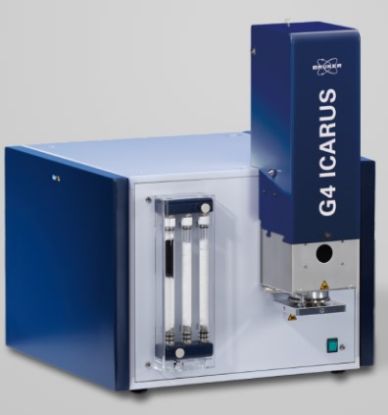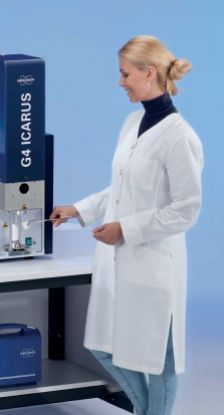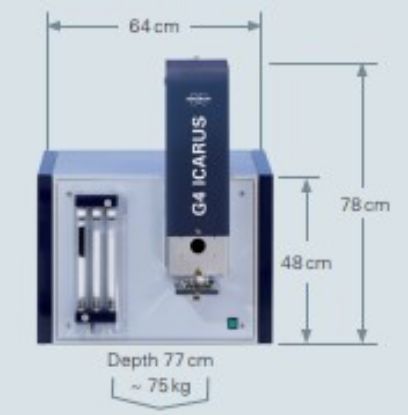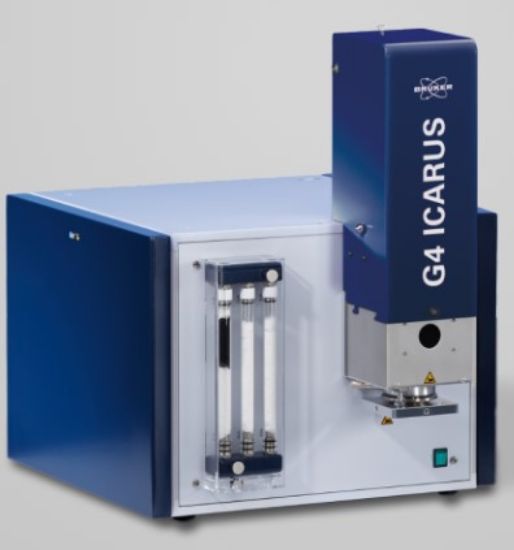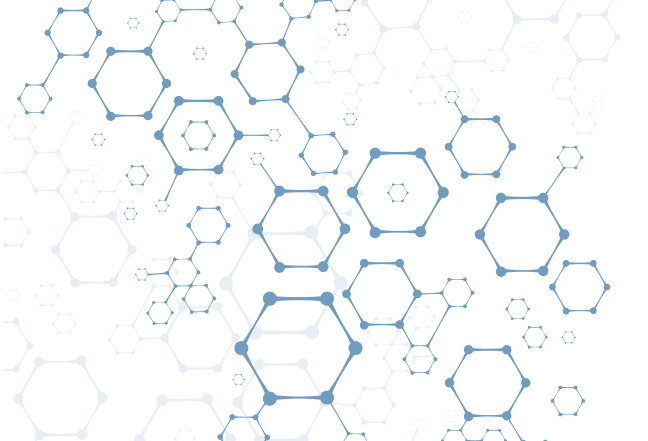Simultaneous carbon and sulfur analysis by combustion. The elemental content of carbon and sulfur within a material has a great impact on its physical properties. In steels, the carbon content determines properties like hardness, ductility, brittleness and magnetism and determines the actual grade of low alloy steels. Due to their impact on the material properties, carbon (C) and sulfur (S) are monitored along the whole production process. The need for fast and reliable CS analysis is not limited to iron and steel but also applies to ferrous and non-ferrous metals, their alloys, ceramics, ores, cement, limestone and
numerous other inorganic solids.
The solid sample, placed in a ceramic crucible together with accelerator material, is heated directly using a sealed high-frequency (HF) induction furnace. The molten sample is combusted in a flow of pure oxygen. The pressurized oxygen flow in combination with Bruker's unique ZoneProtect™ ensures a complete, clean combustion without undesirable side effects. During combustion carbon and sulfur components in the sample are converted into CO2 and SO2. Traces of CO are oxidized downstream to CO2. These combustion gases are transported with the oxygen carrier gas for detection by advanced solid-state detectors.
A rapid and complete combustion process always creates residuals, especially oxide dust that builds up on affected parts of the combustion zone. Dust contaminants can trap or retain the liberated combustion gases, even if the combustion itself is complete. Hence a contaminated combustion chamber can adversely affect the results of subsequent analysis. This makes dust-handling a vital point, especially when trace level concentrations need to be determined.
The G4 ICARUS Series 2 avoids contaminations right from the start, Its entire flow path consits of chemically inert polymer tubing to avoid “hang-up” or “carry-over” effects and corrosion. The superior ZoneProtect delivers more precise analytical results in combination with increased productivity and cleanliness.
- 3 µm Pore size of the high-efficiency dust filter ensures improved stability and a clean workplace
- < 60 s Cycle time including cleaning cycle. ZoneProtect™ ensures a clean, fast & efficient combustion while any dust is disposed into the crucible by the integrated automatic cleaning system
- 10 times better signal to noise ratio. As UV-absorption is much more efficient than IR absorption, HighSense SOâ‚‚ detection delivers 10 times better S/N ratio, 5 decades of linear dynamic range with umost stability not affected by temperature variations.
When time to result matters, while accuracy must be granted in the first shot, with minimum sample preparation, combustion analysis is irreplaceable for the analysis of light elements. These are difficult or impossible to measure by direct spectroscopic methods, especially when embedded in difficult matrices. E.g. the G4 ICARUS Series 2 delivers accurate results even in grey cast iron, where carbon is unevenly distributed in form of graphite clusters, because it applies a volumetric method - analyzing the entire sample.
